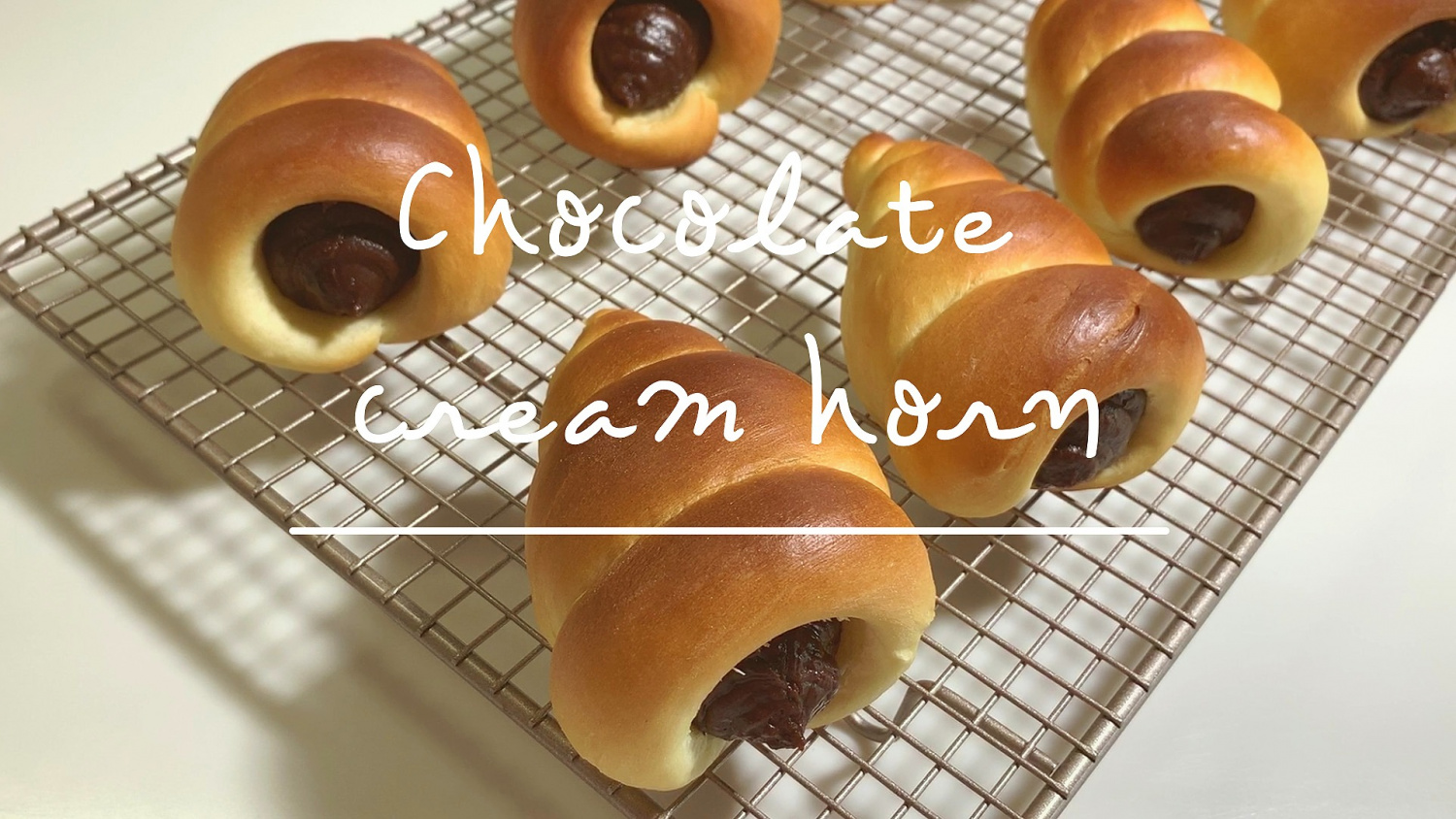
Chocolate cream horn at 4 p.m.
Hello. This is dessert at 4 p.m.
Today, I made chocolate sorghum bread full of sweet chocolate custard. If you cut the soft conch bread, a sweet bitter chocolate cream is waiting :) If you have any questions about the recipe, please feel free to leave a comment!
4 serving
Within 999 minutes

오후4시의디저트
- Ingredients
-
-
Strong flour260g
-
Sugar50g
-
Salt5g
-
Dry East5g
-
Eggs1ea
-
Milk125ml
-
Butter30g
-
Milklittle
-
Milk220ml
-
Custard Mix90g
-
cocoa powder1ts
-
Dark chocolate100g
-
- Video
-
- Cooking Steps
-
STEP 1/13Add strong flour, milk, eggs, dry yeast, sugar, and salt and mix.
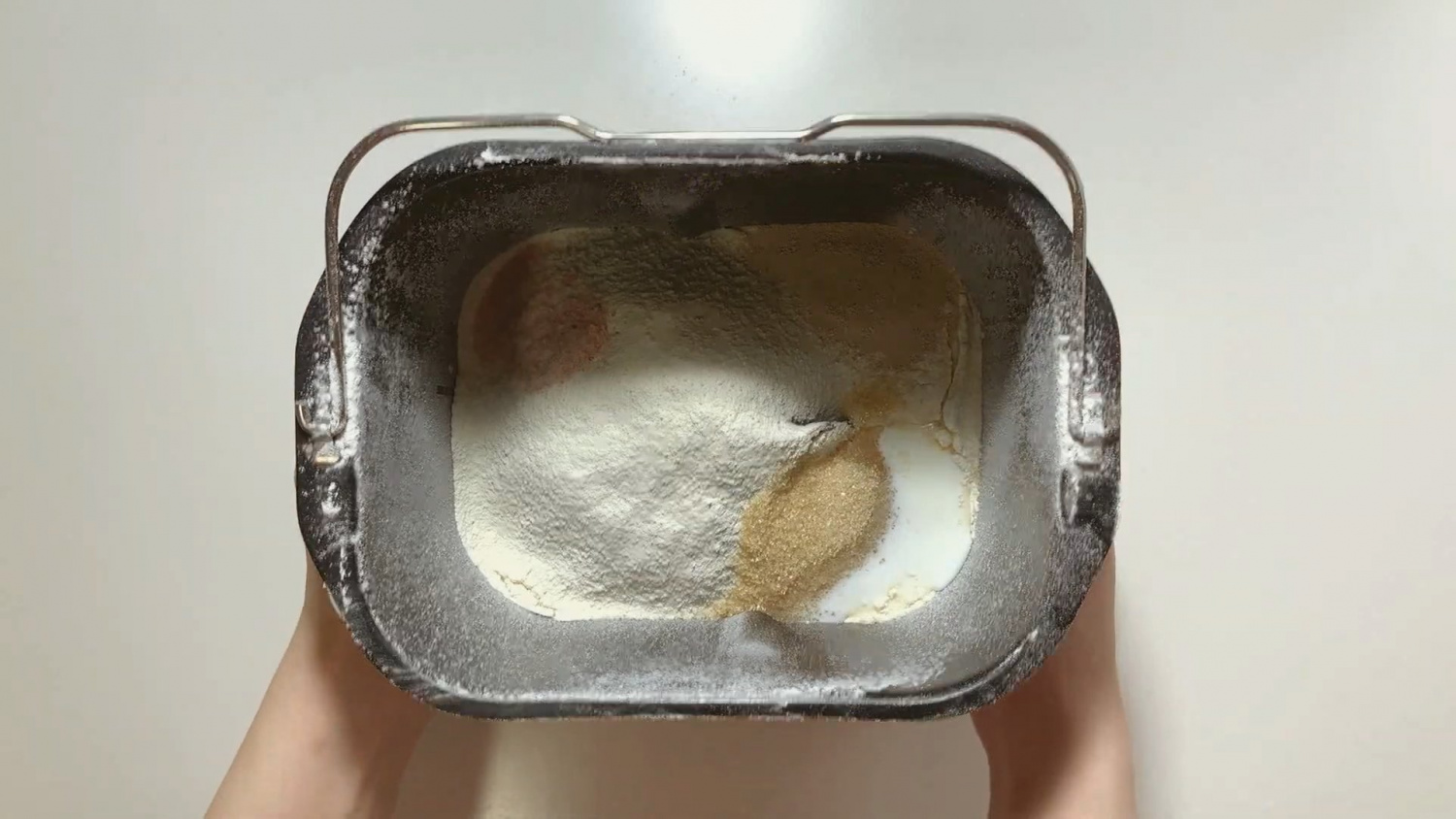 STEP 2/13When the dough begins to clump together, add butter and knead until smooth. (Total 25 minutes)
STEP 2/13When the dough begins to clump together, add butter and knead until smooth. (Total 25 minutes)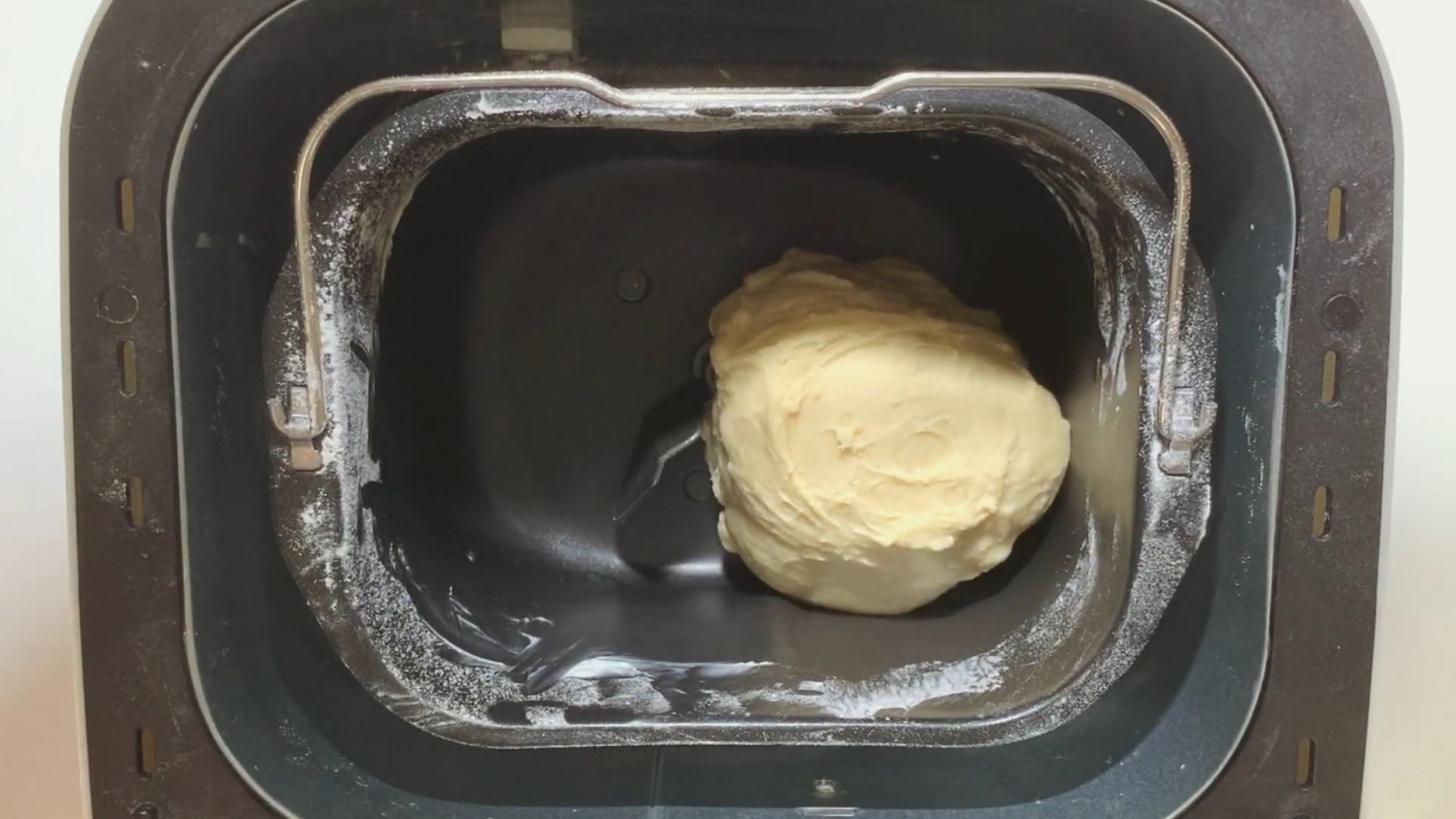 STEP 3/13After mixing, first ferment in a warm place for 80 minutes.
STEP 3/13After mixing, first ferment in a warm place for 80 minutes.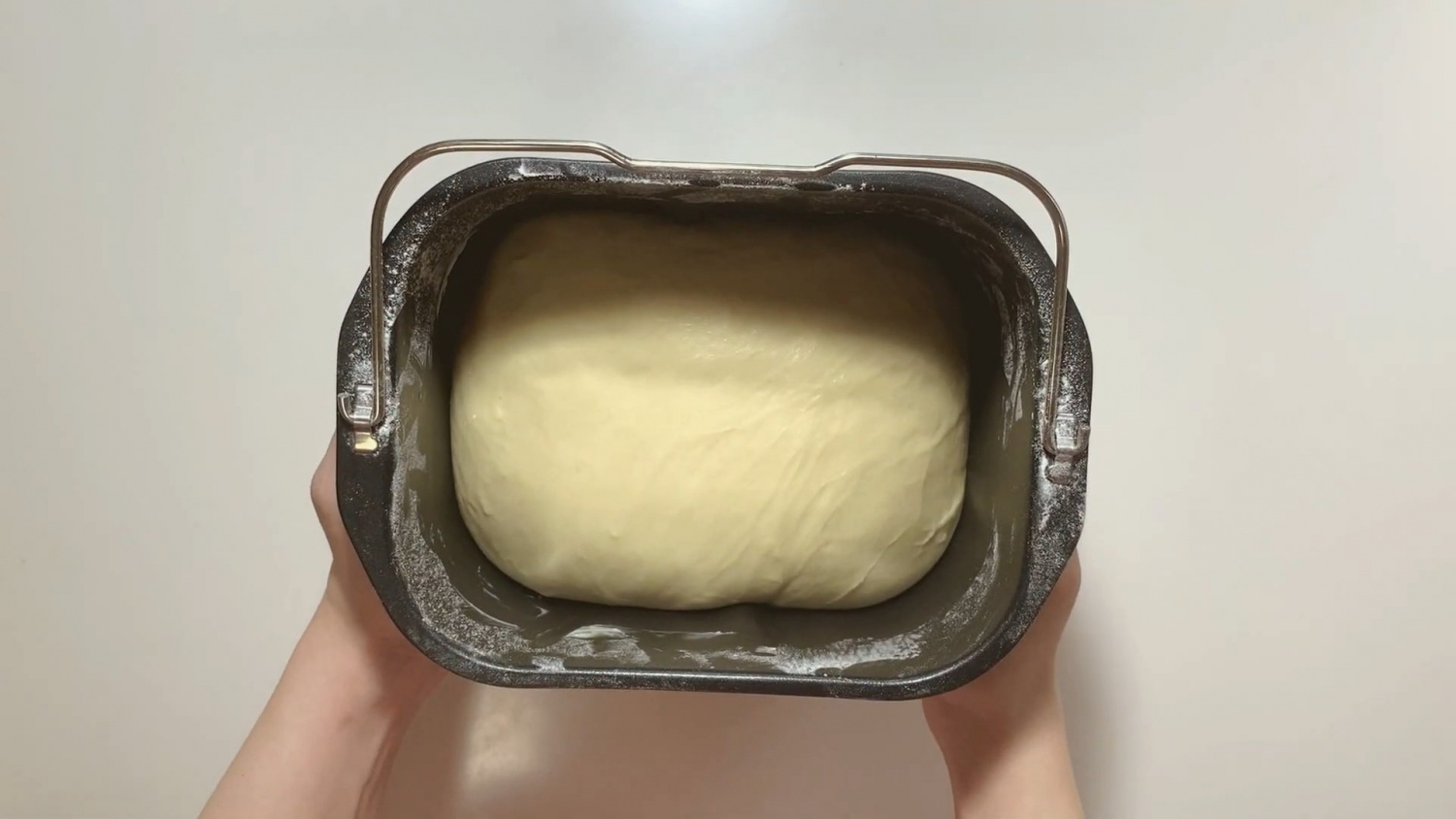 STEP 4/13After the first fermentation, divide the dough by 45g and rest at room temperature for 10 minutes.
STEP 4/13After the first fermentation, divide the dough by 45g and rest at room temperature for 10 minutes. STEP 5/13Double-hot dark chocolate in hot water.
STEP 5/13Double-hot dark chocolate in hot water.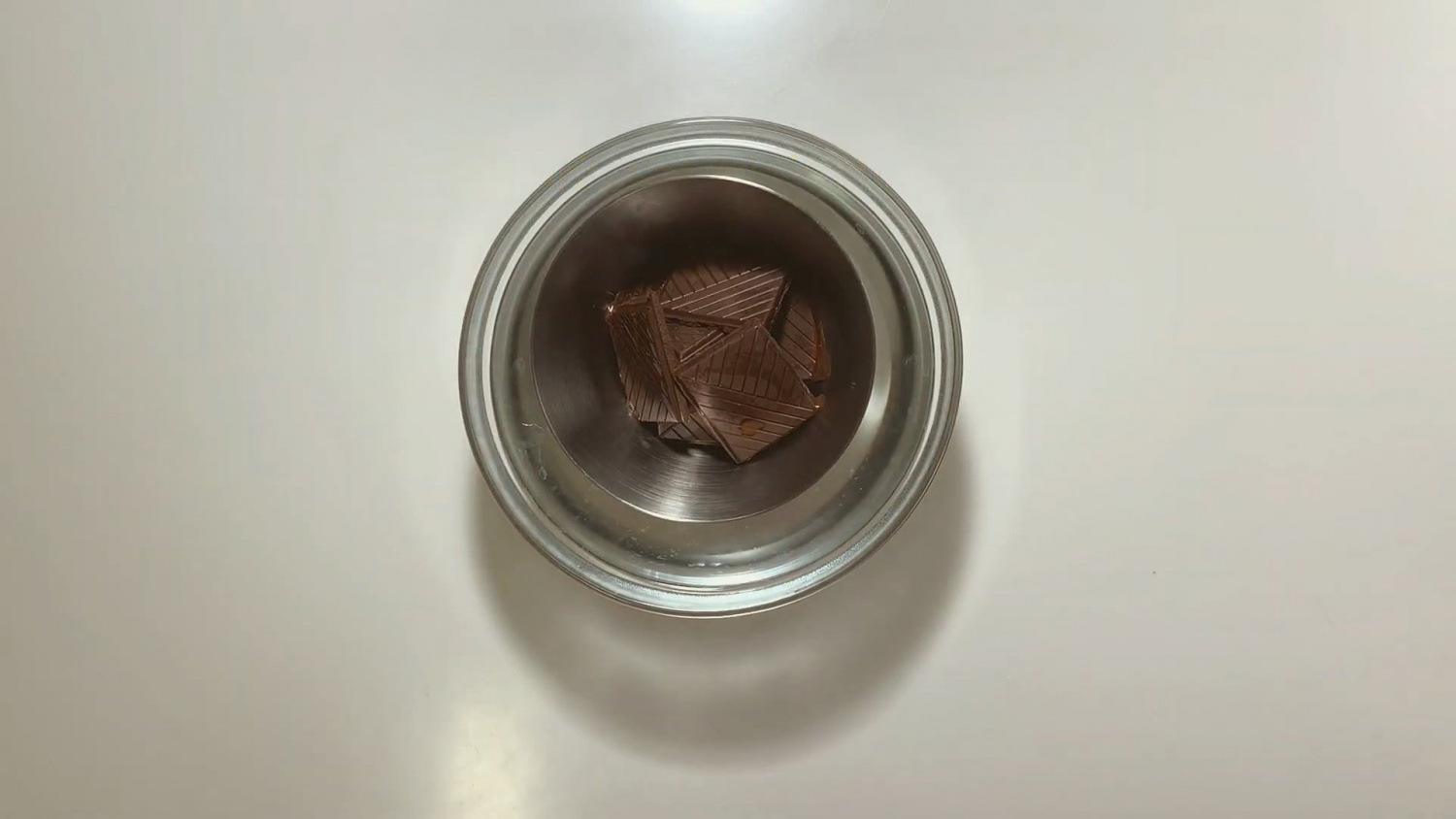 STEP 6/13When the chocolate is completely melted, add milk and cocoa powder and mix well.
STEP 6/13When the chocolate is completely melted, add milk and cocoa powder and mix well.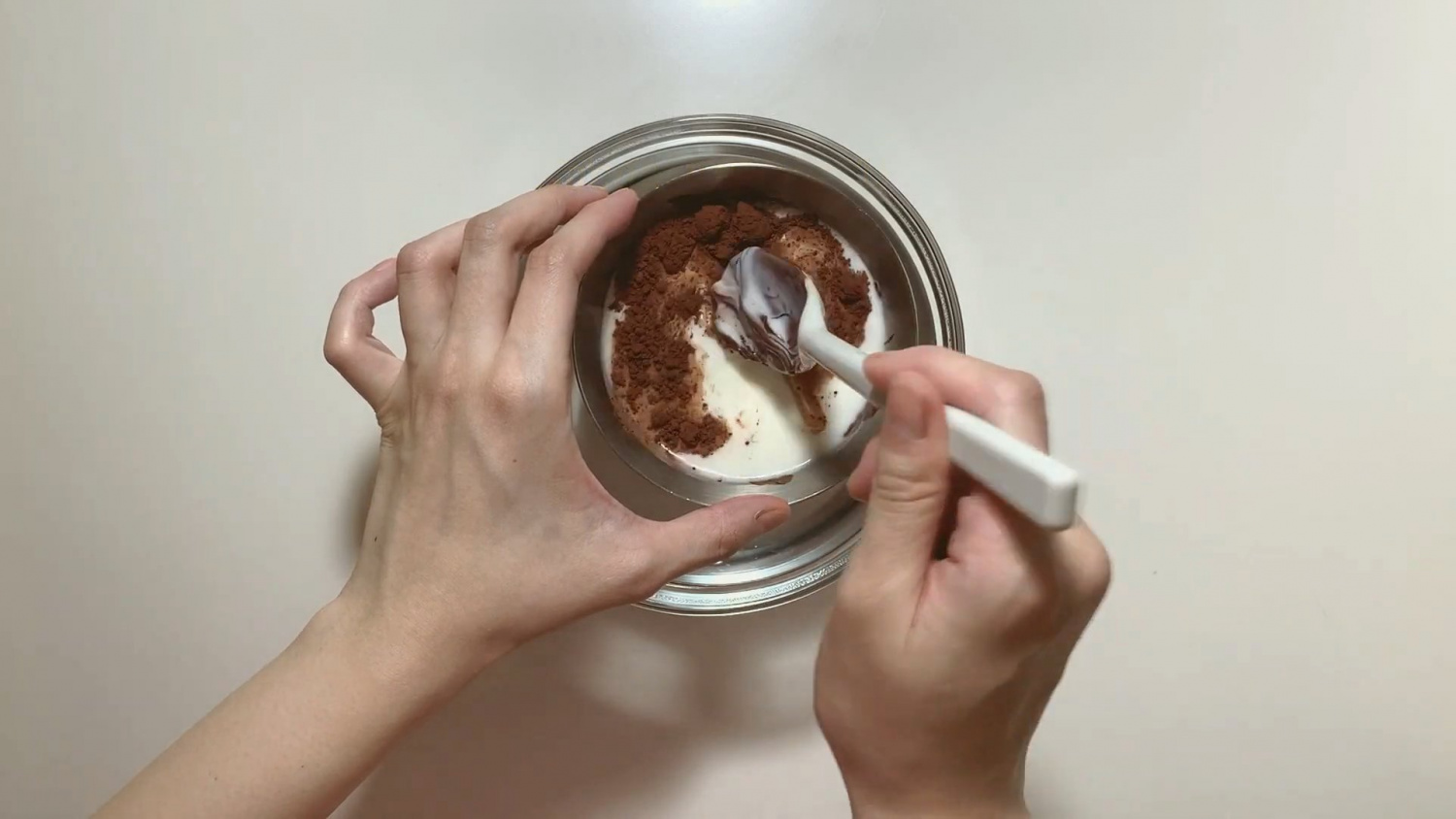 STEP 7/13If it is completely mixed without separation, add custard mix powder to form a cream. (Do not stir too much because the custard will solidify over time.)
STEP 7/13If it is completely mixed without separation, add custard mix powder to form a cream. (Do not stir too much because the custard will solidify over time.)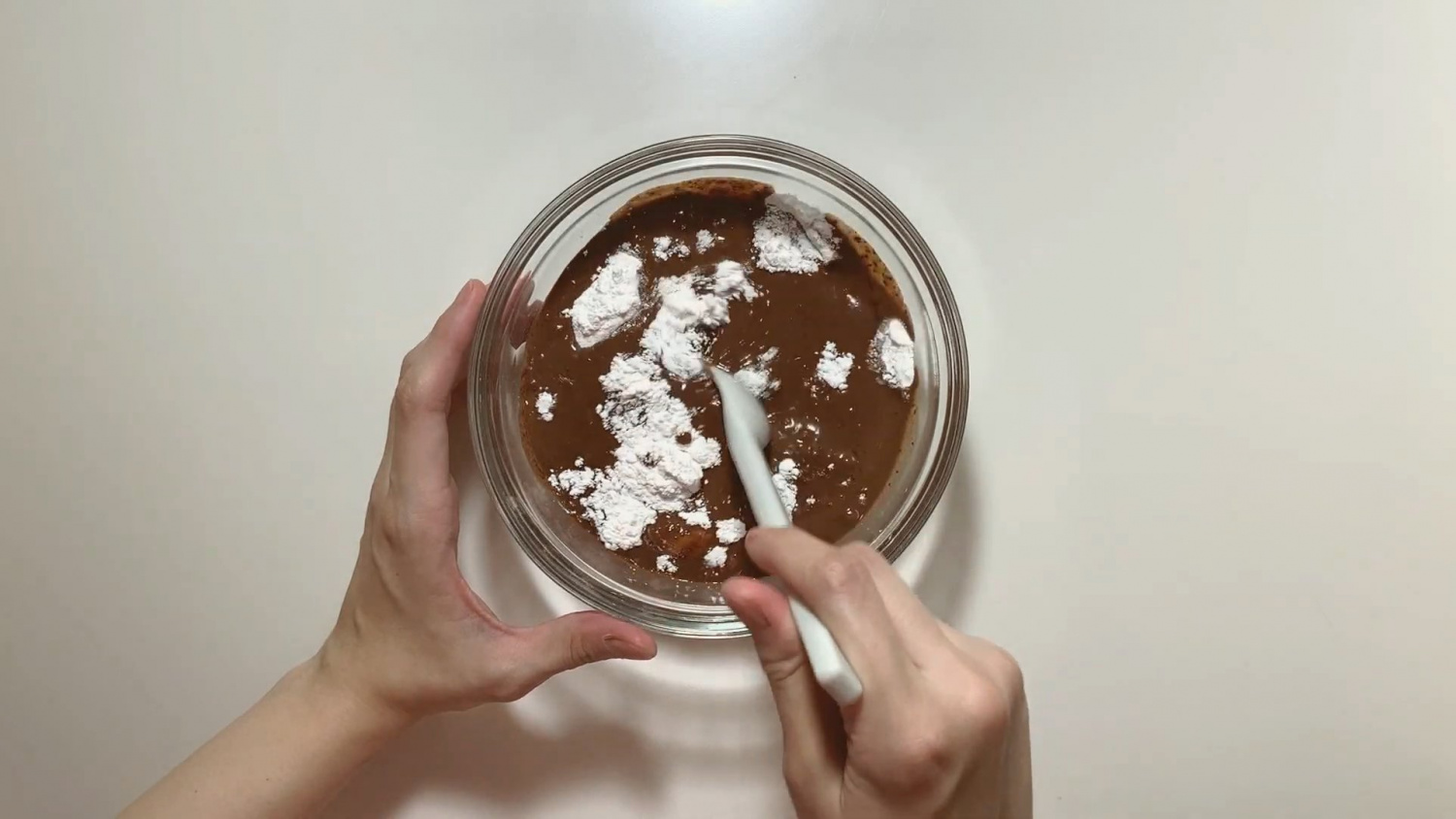 STEP 8/13Put the finished cream in a piping bag.
STEP 8/13Put the finished cream in a piping bag.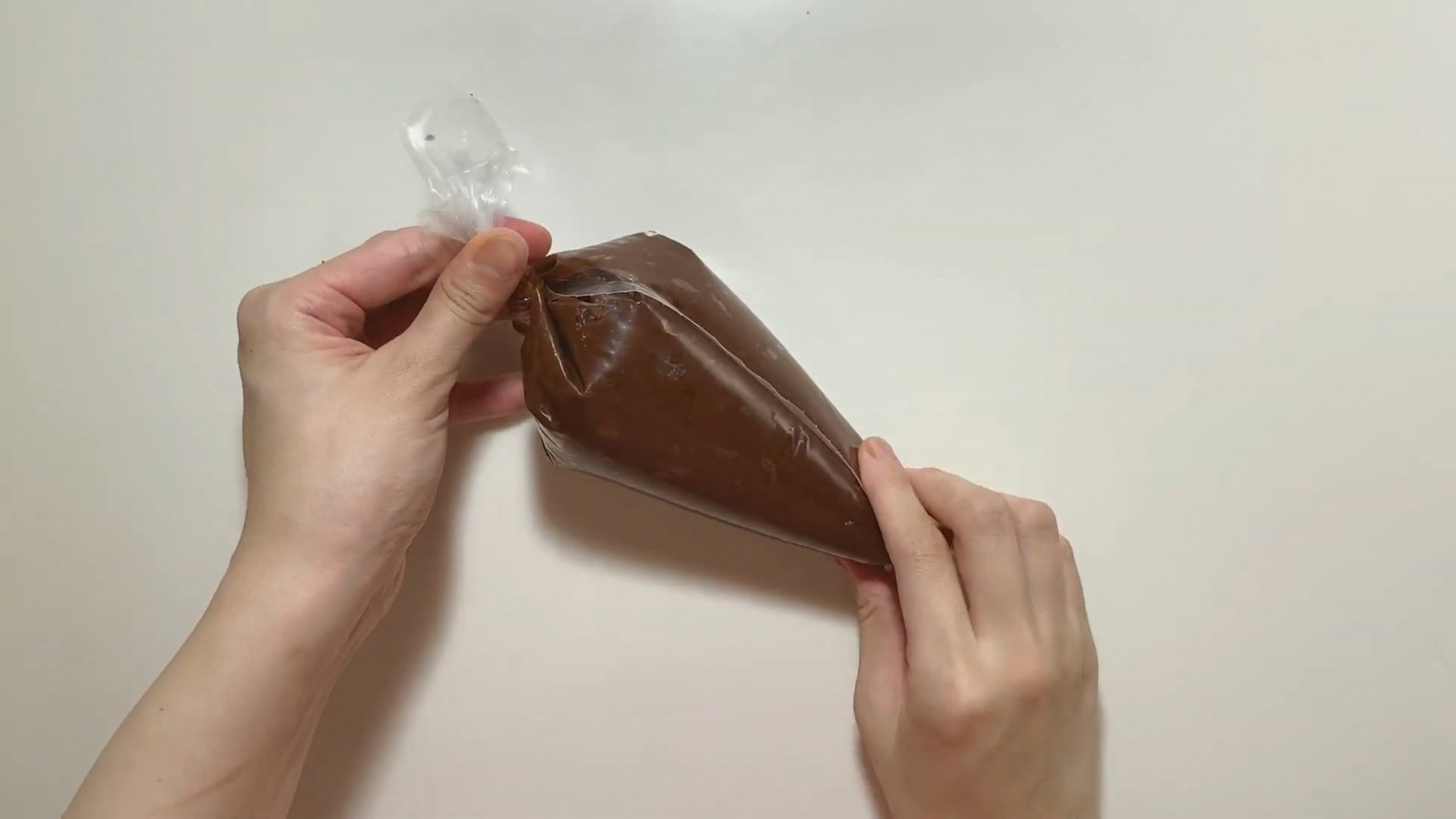 STEP 9/13After room temperature rest, roll the dough thinly to a length of 35-40cm.
STEP 9/13After room temperature rest, roll the dough thinly to a length of 35-40cm.
(Push thickly on one side and thinly on the other.)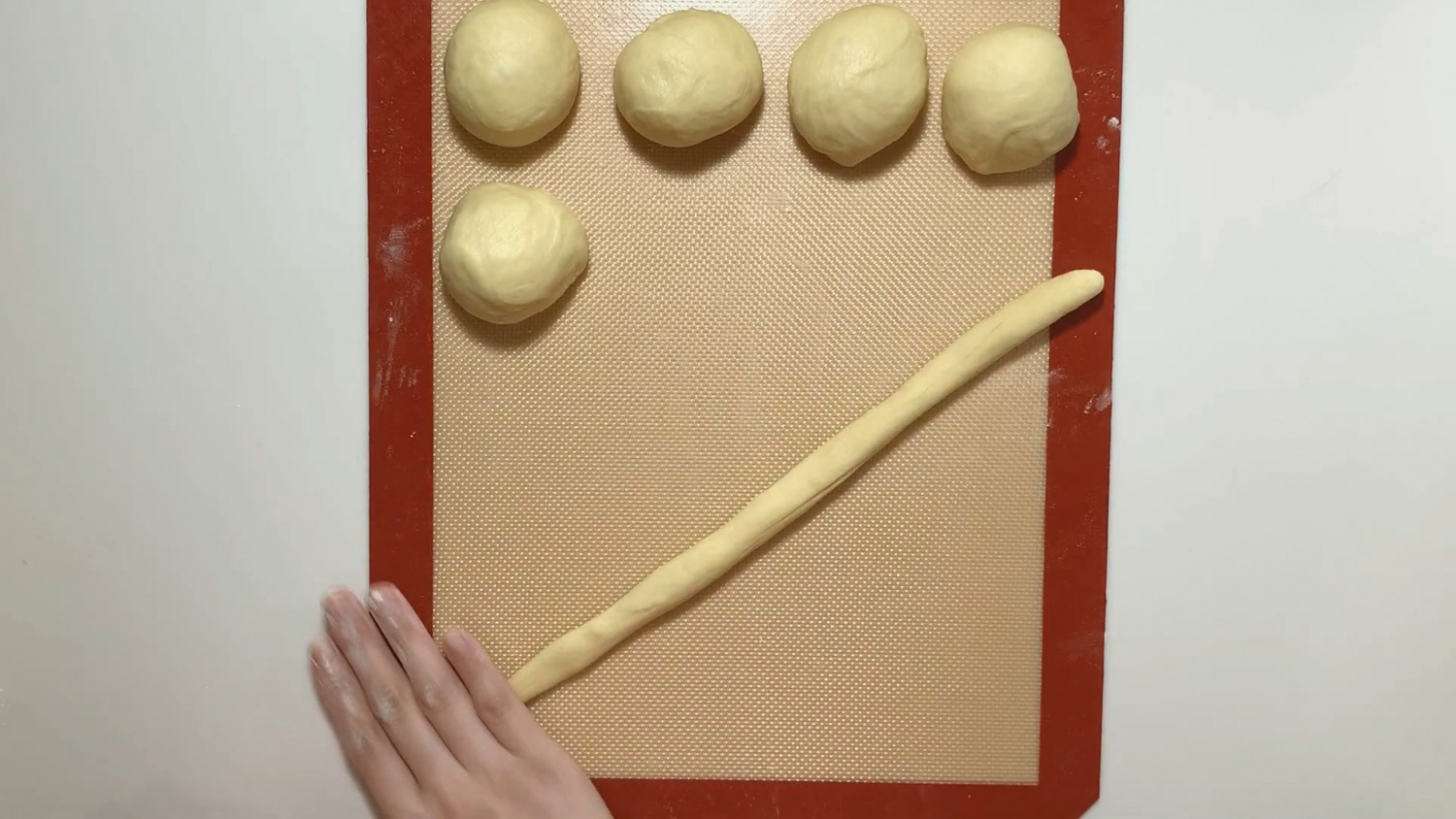 STEP 10/13Roll the dough into a conch bread mold from the bottom.
STEP 10/13Roll the dough into a conch bread mold from the bottom.
(Then push the ends toward the mold so that they don't loosen.)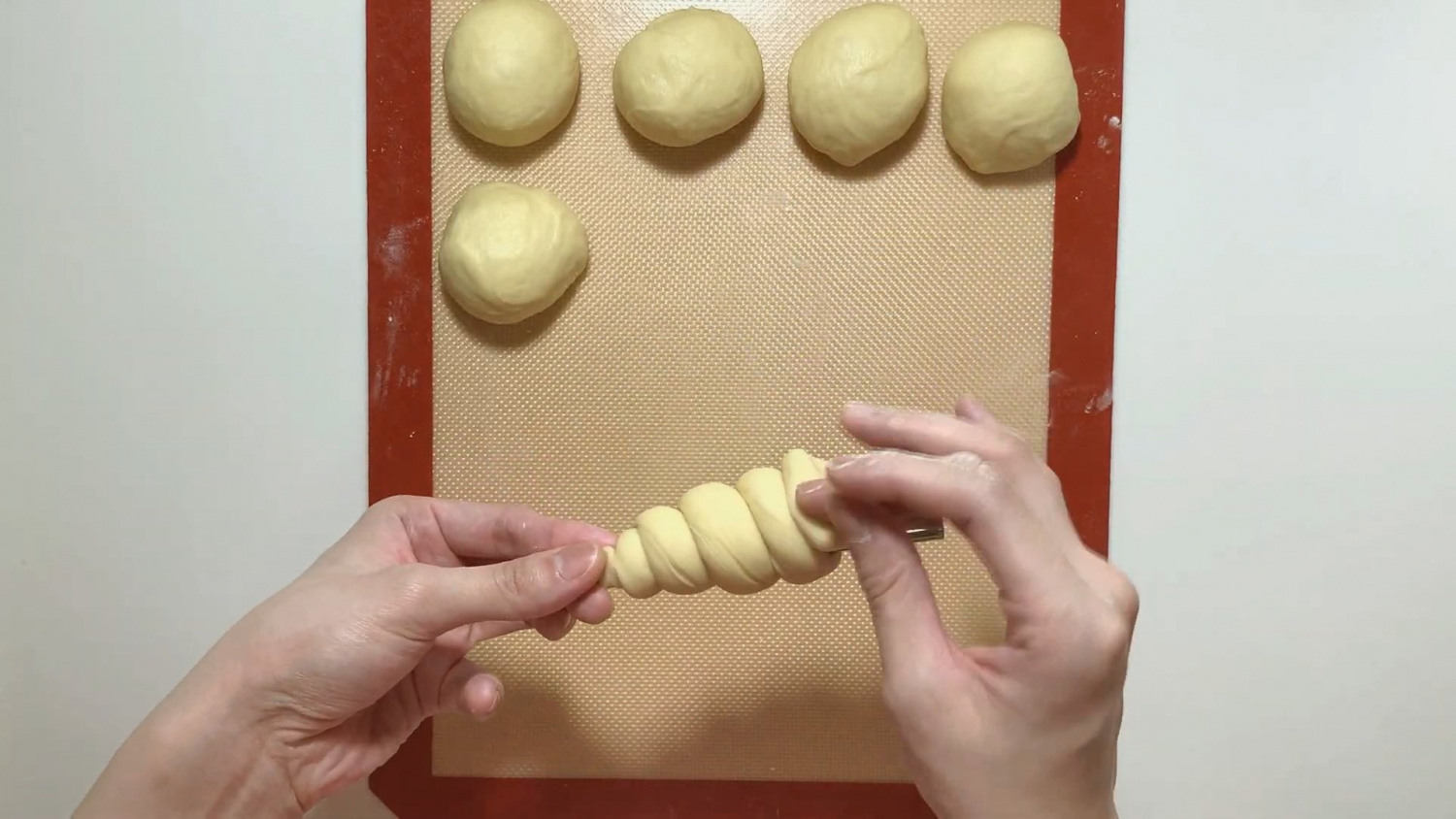 STEP 11/13After panning the molded dough, ferment it in a warm place for 30 minutes, and after fermentation, apply milk to the surface.
STEP 11/13After panning the molded dough, ferment it in a warm place for 30 minutes, and after fermentation, apply milk to the surface.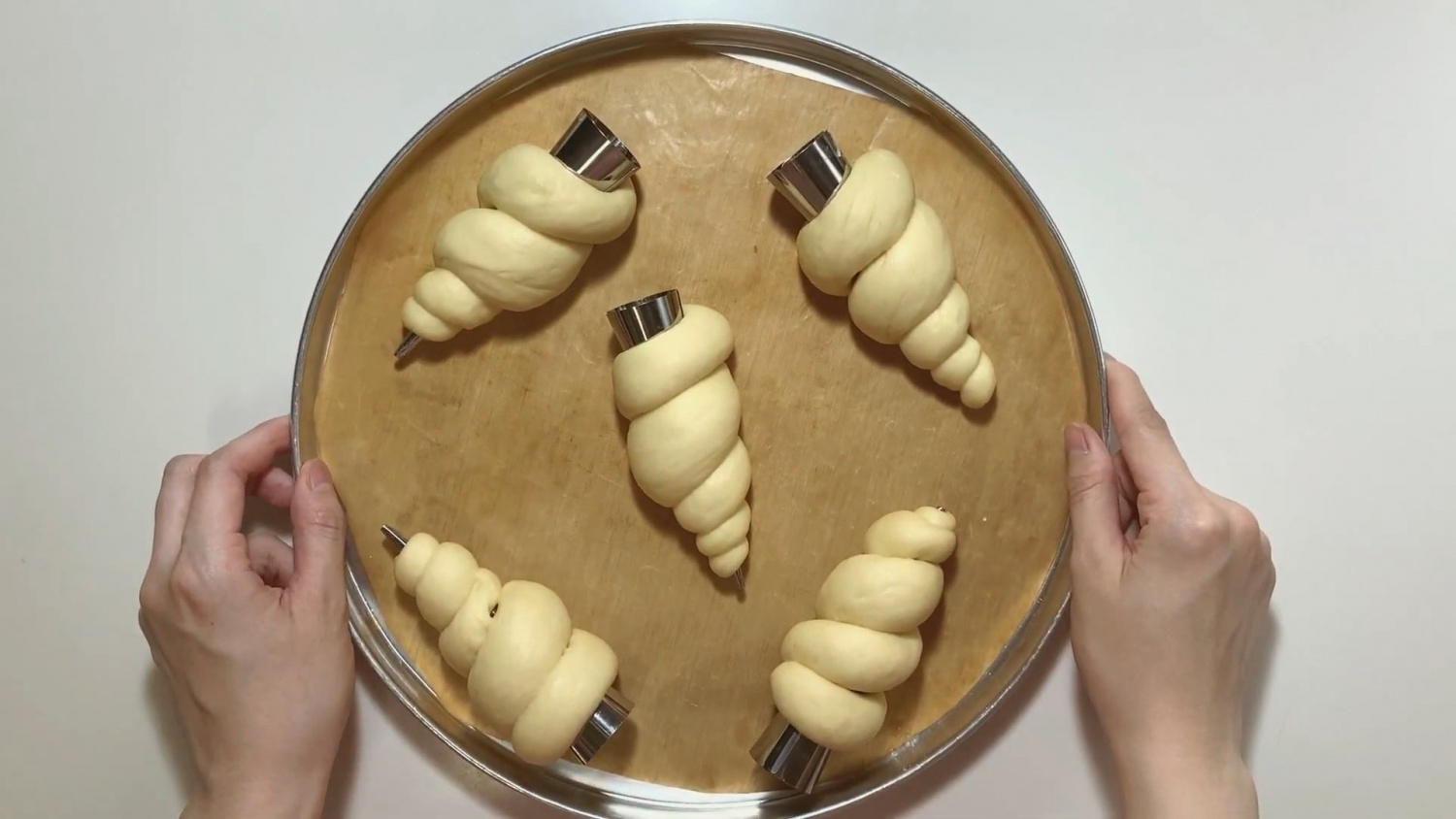 STEP 12/13Bake in a 170-degree oven for 8 minutes and in a 180-degree oven for 6 minutes.
STEP 12/13Bake in a 170-degree oven for 8 minutes and in a 180-degree oven for 6 minutes.
(There is a temperature difference between ovens, so please check the condition and adjust the time and temperature.)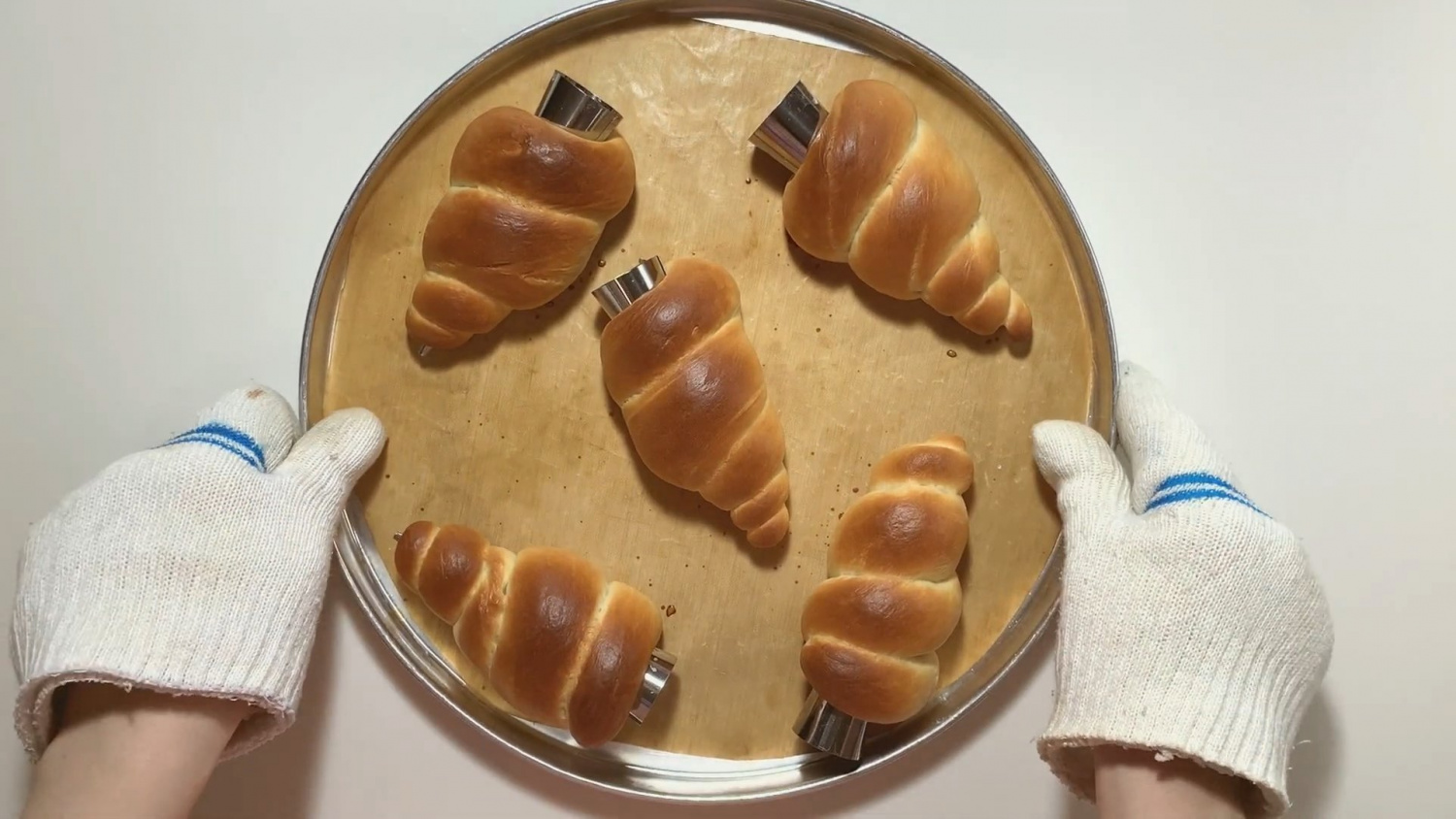 STEP 13/13Remove the bread from the mold and cool it down.
STEP 13/13Remove the bread from the mold and cool it down.
When it's cooled down, add chocolate custard.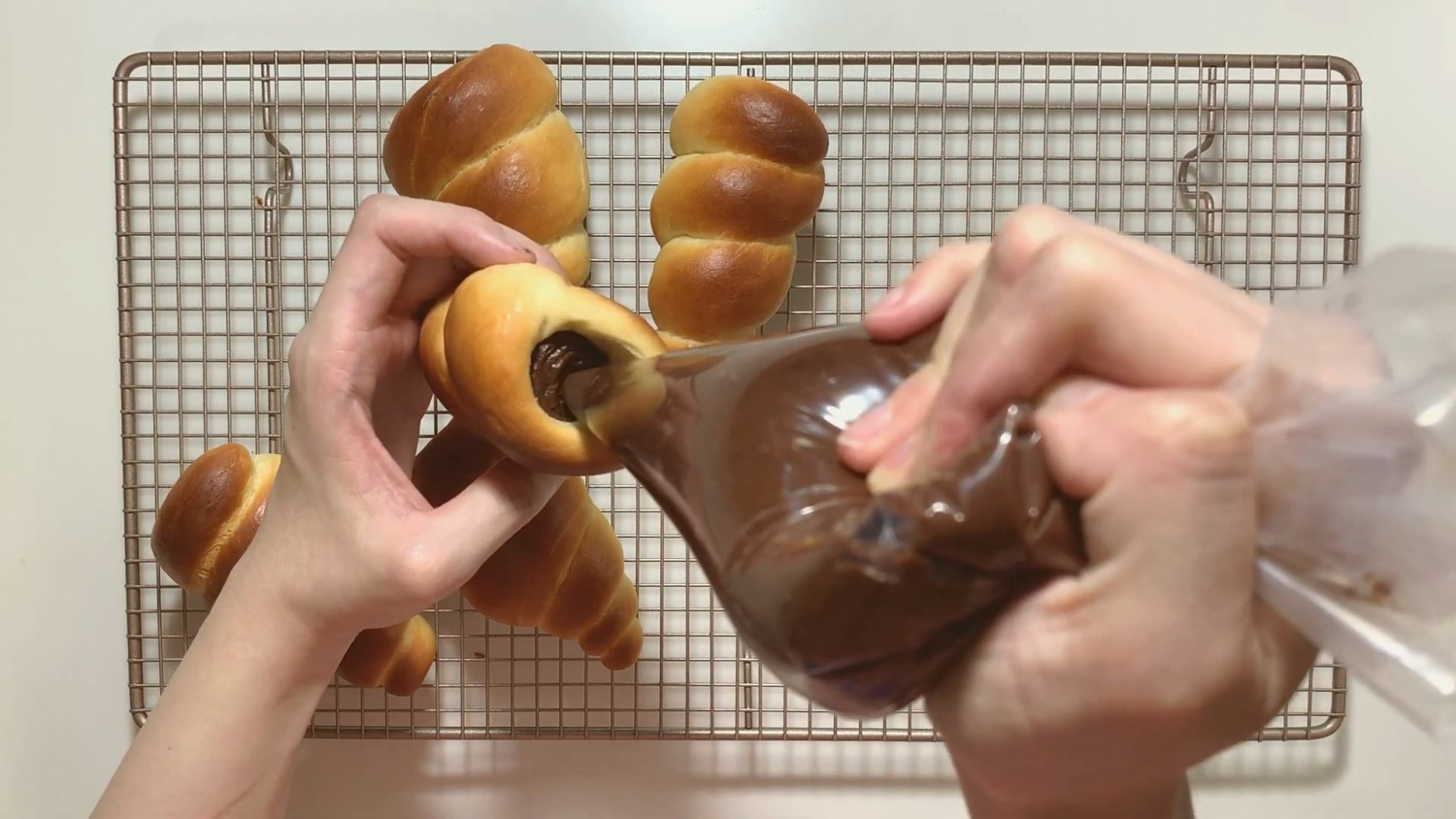 1. Remove eggs, butter, and milk at room temperature to remove cold air. 2. The fermentation time of the fermented bread recipe is not an absolute figure. It's better to check how swollen the dough is rather than the time. 3. Adjust the amount of milk by looking at the state of the dough, as the dough may change depending on the condition of the flour. (+ - 10ml) 4. When rolling the dough in a conch bread mold, start from the top slightly, not the complete end. As it ferments, the dough comes down. 5. When rolling the dough in a mold, wrap it loosely at intervals so that the surfaces do not stick together. If you wind it tightly, the shape can be ruined when the secondary fermentation is over. 6. Separate baked bread from mold when warm. When it cools, it becomes difficult to separate because of the moisture between the bread and the mold.
1. Remove eggs, butter, and milk at room temperature to remove cold air. 2. The fermentation time of the fermented bread recipe is not an absolute figure. It's better to check how swollen the dough is rather than the time. 3. Adjust the amount of milk by looking at the state of the dough, as the dough may change depending on the condition of the flour. (+ - 10ml) 4. When rolling the dough in a conch bread mold, start from the top slightly, not the complete end. As it ferments, the dough comes down. 5. When rolling the dough in a mold, wrap it loosely at intervals so that the surfaces do not stick together. If you wind it tightly, the shape can be ruined when the secondary fermentation is over. 6. Separate baked bread from mold when warm. When it cools, it becomes difficult to separate because of the moisture between the bread and the mold.
- Bibimbap Recommended recipe
-
-
1
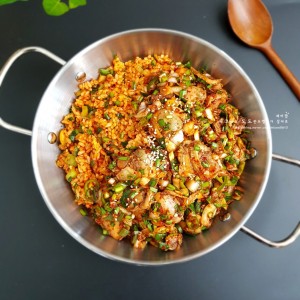 Cockle Bibimbap - Making Cockle Bibimbap4.80(10)
Cockle Bibimbap - Making Cockle Bibimbap4.80(10) -
2
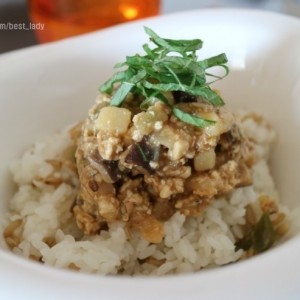 Vegetable Kang Doenjang & Kang Doenjang Bibimbap with potatoes a4.94(17)
Vegetable Kang Doenjang & Kang Doenjang Bibimbap with potatoes a4.94(17) -
3
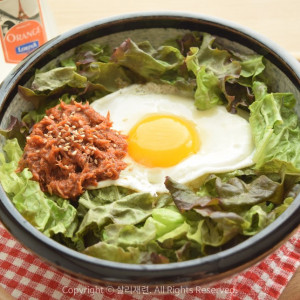 Lettuce bibimbap tastes great if you mix it with tuna ssamjang!4.95(86)
Lettuce bibimbap tastes great if you mix it with tuna ssamjang!4.95(86) -
4
 [Bean sprout rice] It's easy to make bean sprout bibimbap (+even4.89(9)
[Bean sprout rice] It's easy to make bean sprout bibimbap (+even4.89(9)
-
- Bulgogi Recommended recipe
-
-
1
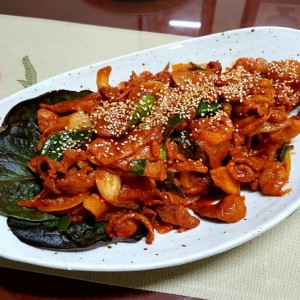 Spicy and sweet red pepper paste pork bulgogi4.97(37)
Spicy and sweet red pepper paste pork bulgogi4.97(37) -
2
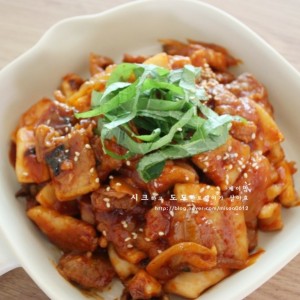 If you stir-fry it on high heat, it will taste good4.97(427)
If you stir-fry it on high heat, it will taste good4.97(427) -
3
 Making bulgogi. The charm of sweet and salty5.00(50)
Making bulgogi. The charm of sweet and salty5.00(50) -
4
 I only collected squid, bulgogi, and delicious things!! Squid an4.91(23)
I only collected squid, bulgogi, and delicious things!! Squid an4.91(23)
-